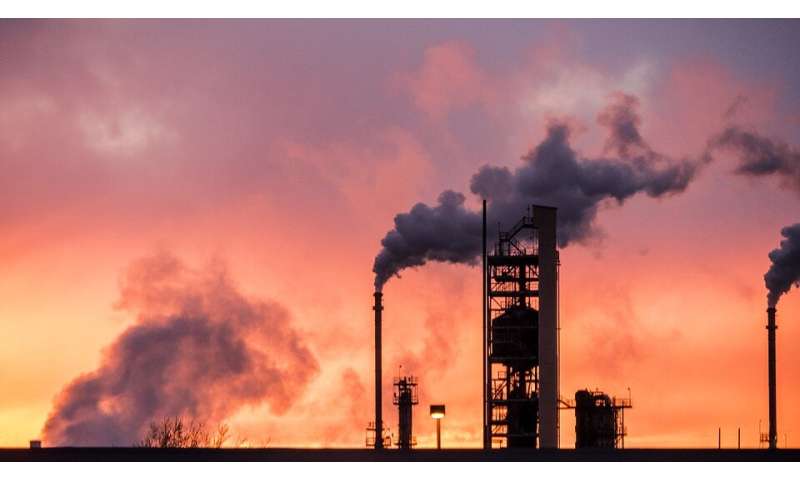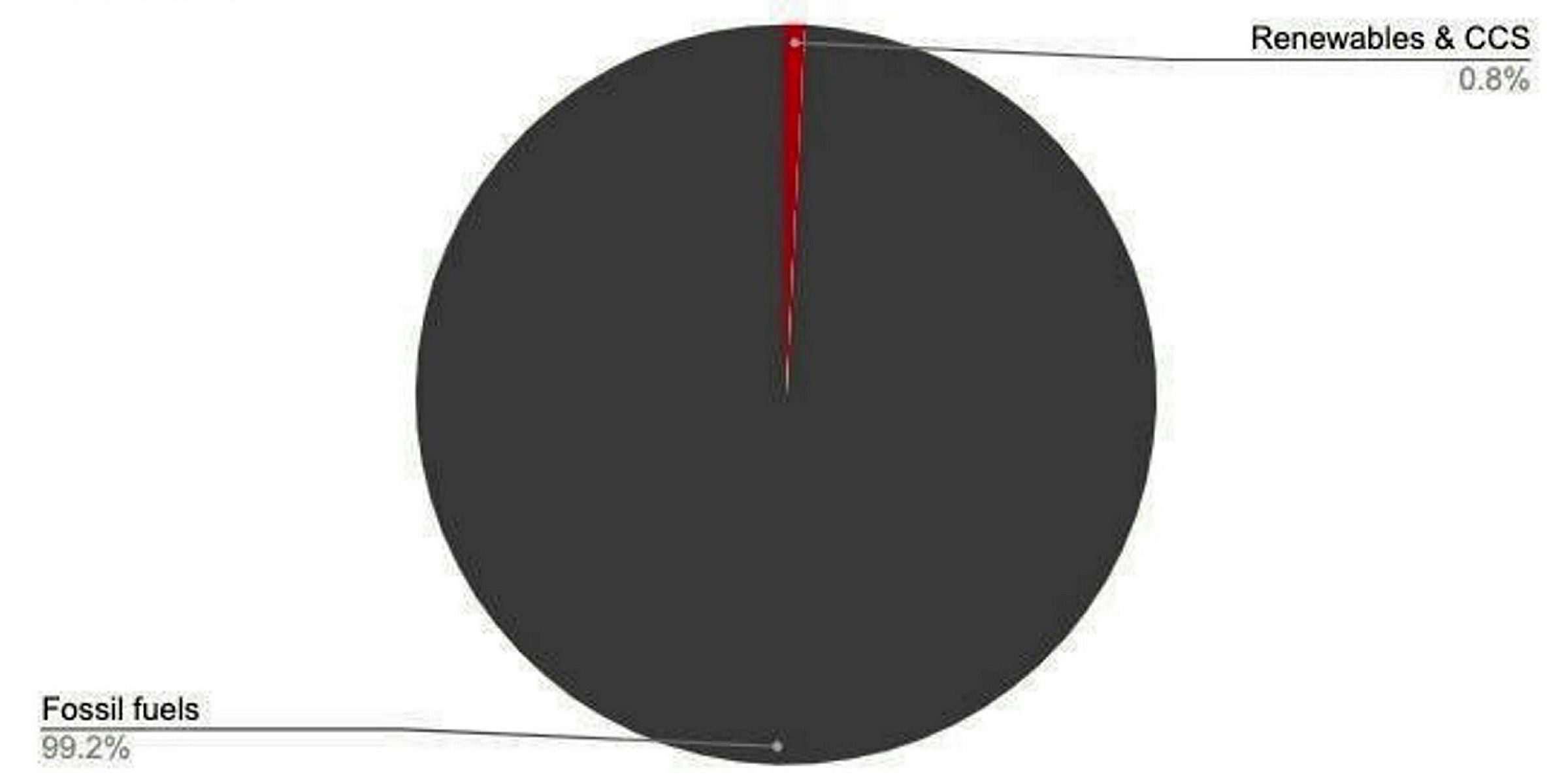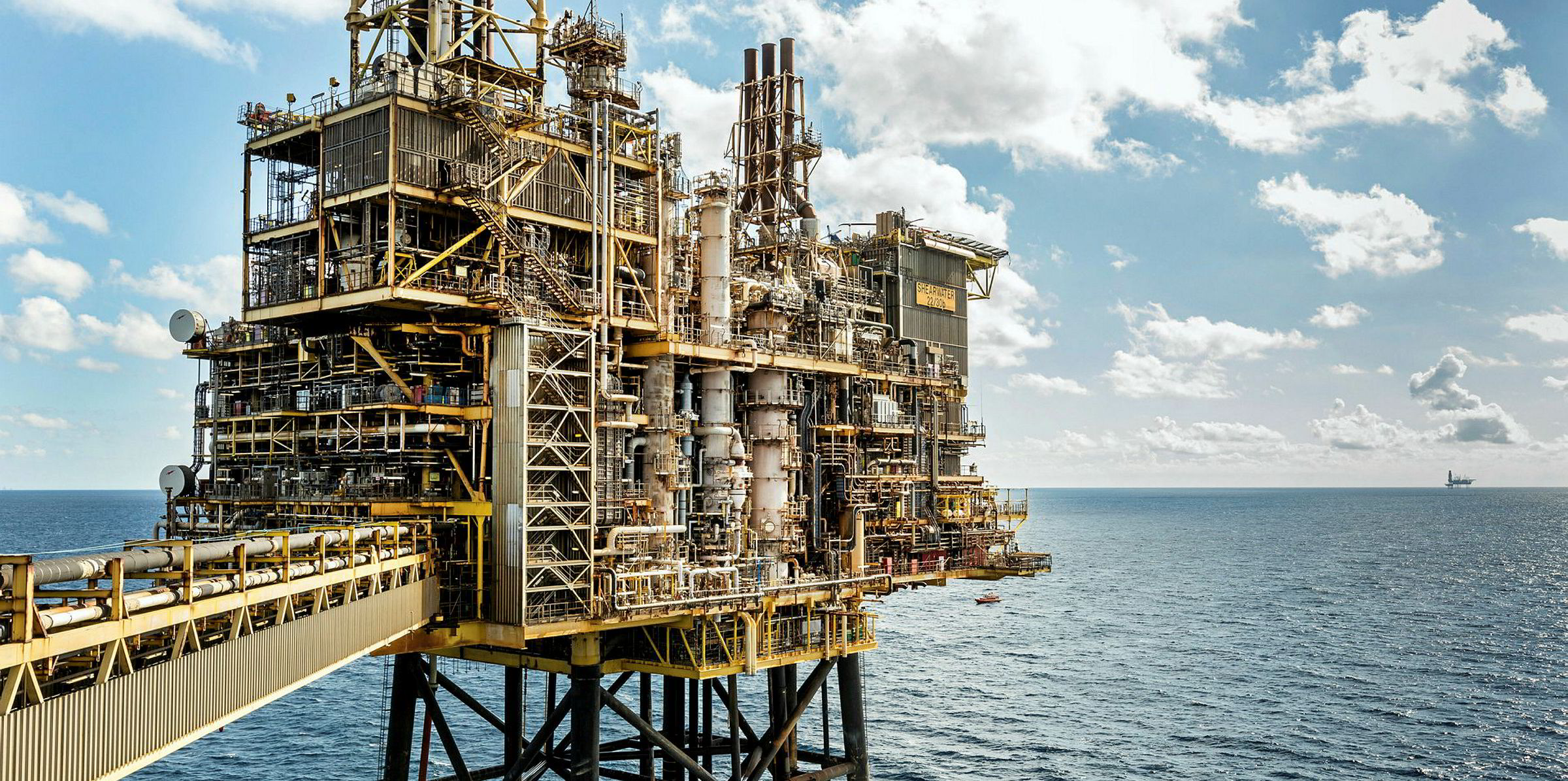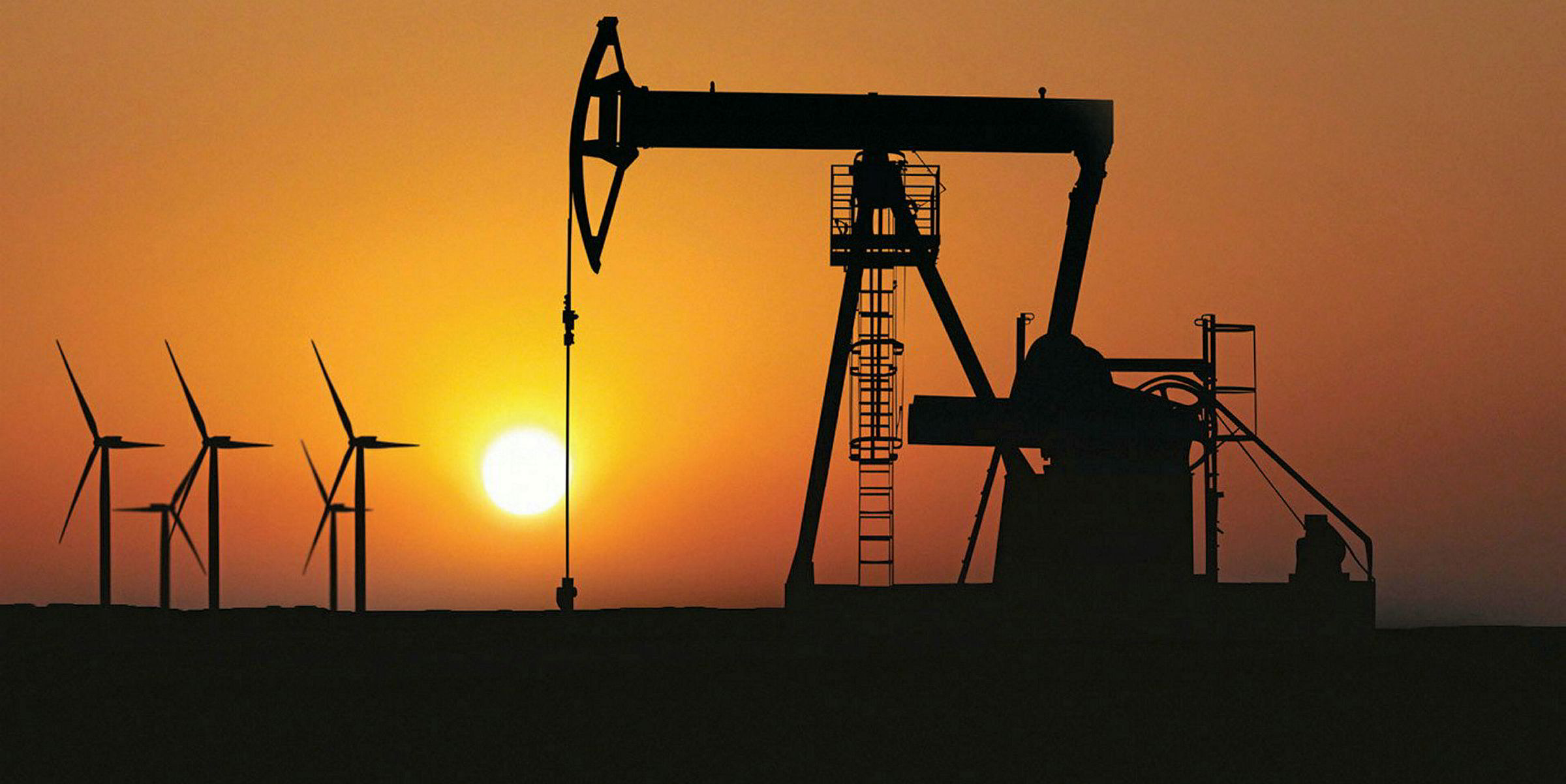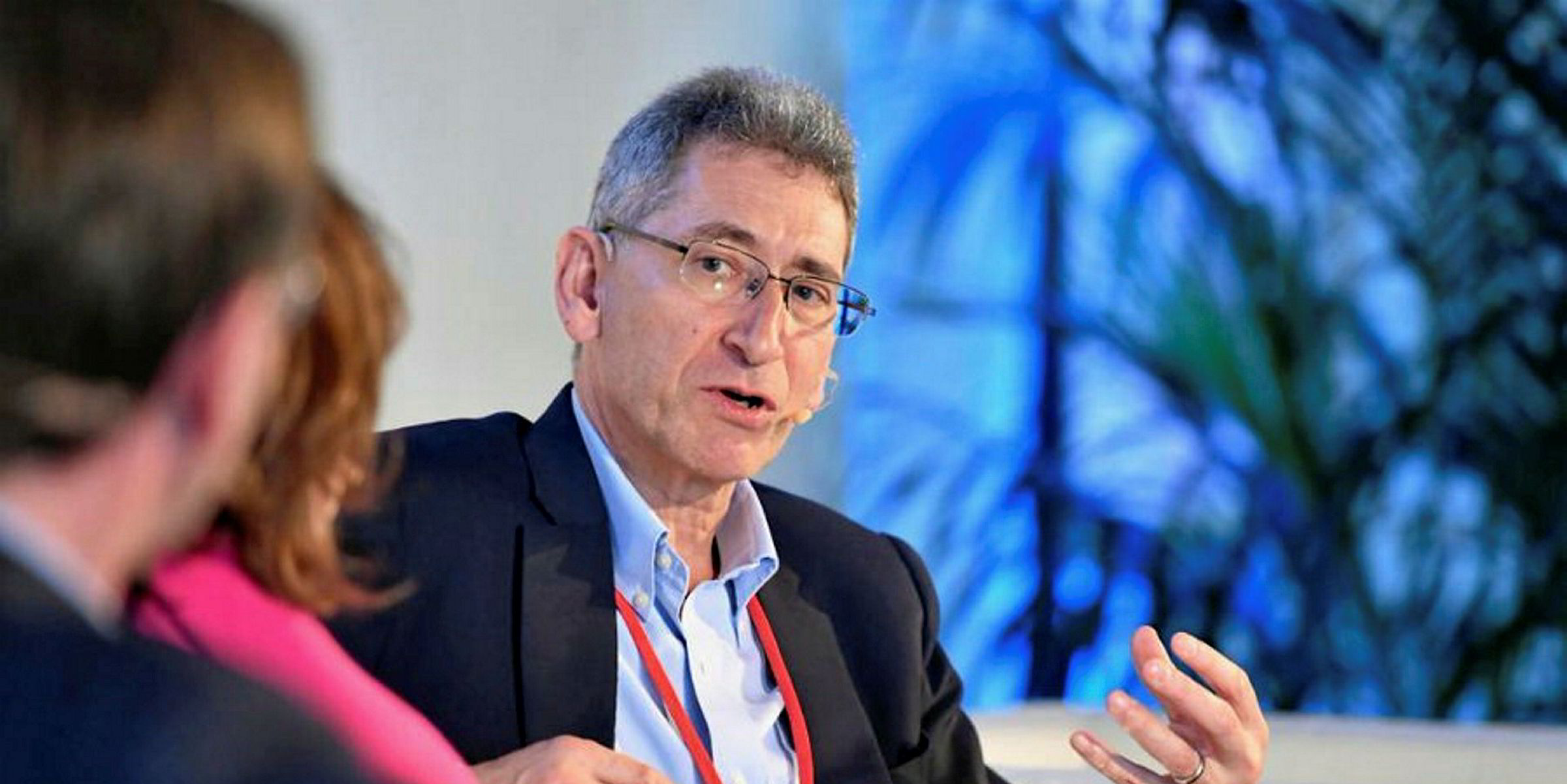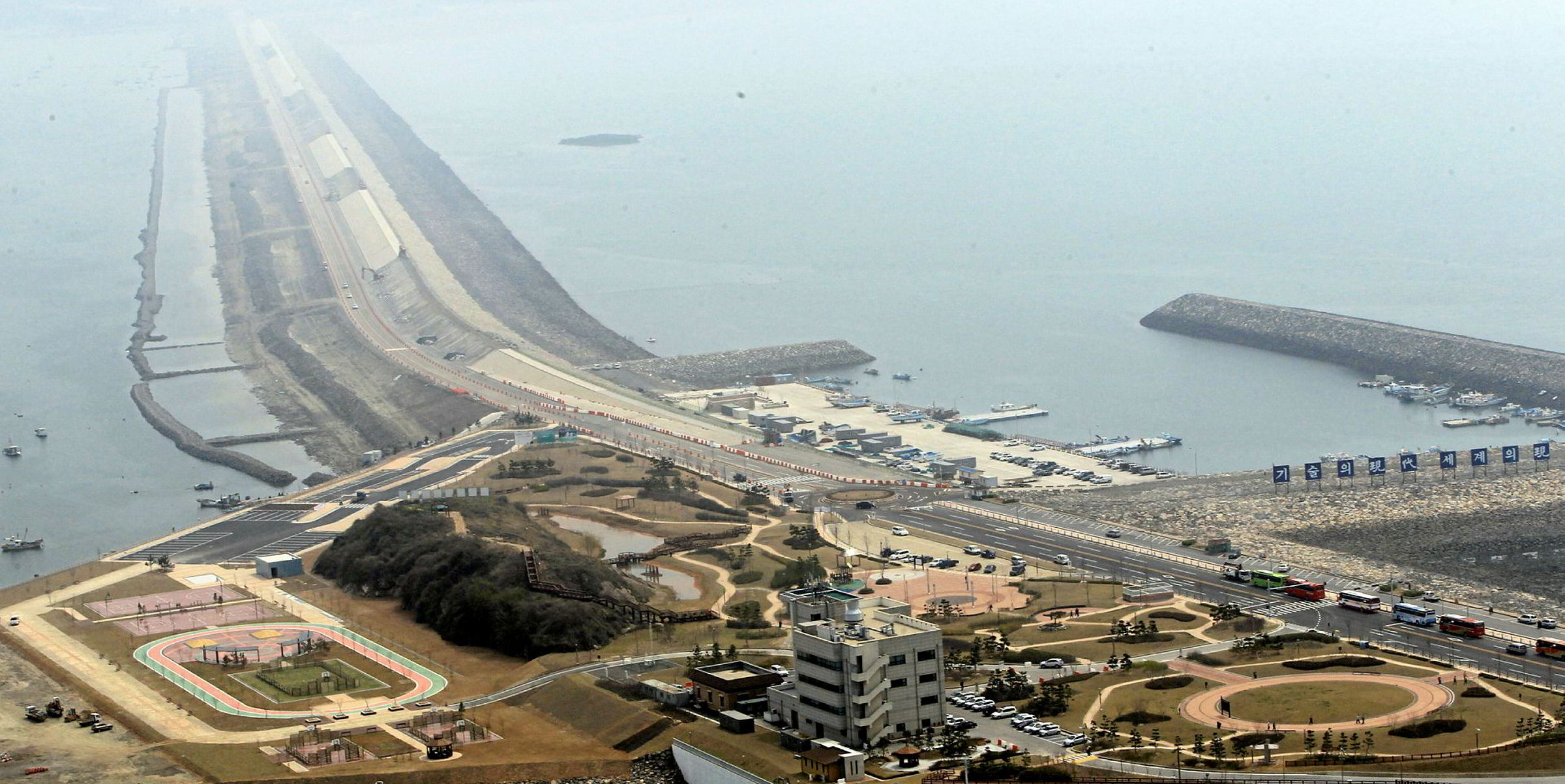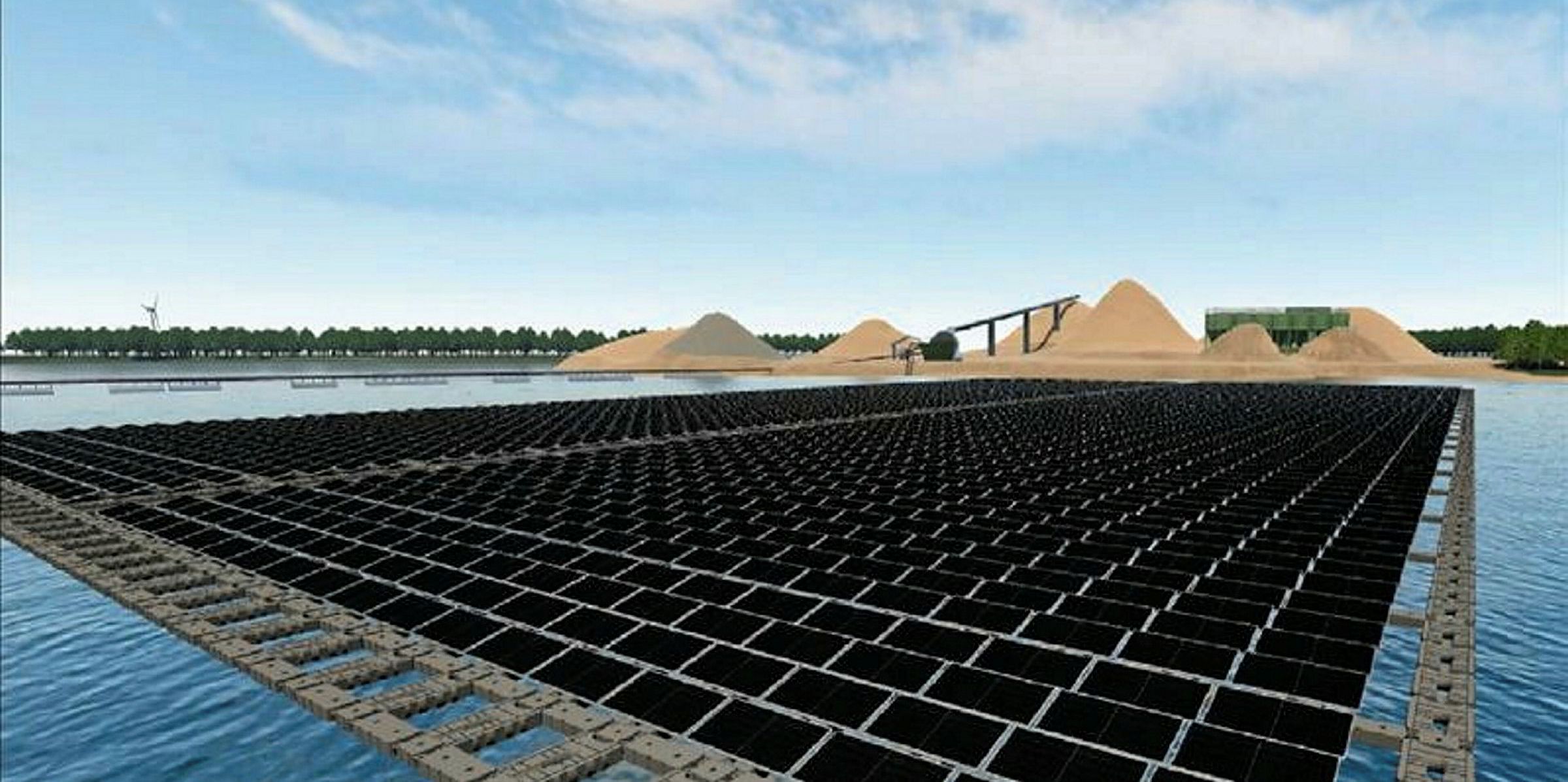Veteran journalist Christie Blatchford was known for her work ethic and wit
From the locker rooms of Canadian sports to the battlefields of Afghanistan, she brought a tenacity and humour to the job
HER POLITICS WERE FROM THE RIGHT WING AS WAS HER HOCKEY COVERAGE
BUT SHE WAS AN EXCELLENT JOURNALIST/COLUMNIST NONE THE LESS AND SHE BROKE GROUND AS A WOMAN REPORTER IN SEXIST PATRIARCHAL CANADIAN PRESS
IN RESPECT TWO WORDS: FUCK CANCER!
SIMON HOUPT
PUBLISHED FEBRUARY 12, 2020
Open this photo in gallery
/arc-anglerfish-tgam-prod-tgam.s3.amazonaws.com/public/EXIITH6YYRB4TK7VDV25WOWXQU.JPG)
Christie Blatchford drives her convertible in 2006, when she worked as a columnist for The Globe and Mail.
DEBORAH BAIC/THE GLOBE AND MAIL
In a career that stretched almost five decades and thousands of assignments, from infuriated courtroom coverage to heartbreaking tales from her time embedded in Afghanistan, Christie Blatchford set the template as a model of full-contact reporting from the very beginning.
In August, 1974, only one year into her gig as a cub reporter with The Globe and Mail, she talked her way into the tiny support boat assisting 16-year-old marathon swimmer Cindy Nicholas across Lake Ontario, from Youngstown, N.Y., to Toronto. In a photo of Ms. Blatchford accompanying her rollicking tale about Ms. Nicholas’s feat, The Globe noted that, "a strong swimmer, she dived in herself just to get the feel of things.”
In the final months of her life, as she lay in a Toronto hospital battling cancer, Ms. Blatchford vowed that she would write about that, too, making a point of interviewing visitors.
That final assignment was one of the very few that she’d promised but didn’t file. Ms. Blatchford, a bull-terrier journalist whose career as a reporter and columnist spanned all four major daily newspapers in Toronto, died on Wednesday morning. She was 68.
A passionate runner, she was diagnosed with the illness only last fall, after extreme pain she thought was connected to her running brought her to a series of physicians. Her cancer, which began in her lungs, had metastasized to her spine and hip. She had been covering the Trudeau campaign for the National Post, her home since 2011.
The quotable Christie Blatchford: Snapshots from her decades-long career in journalism
Christie Mary Blatchford was born May 20, 1951, in Rouyn-Noranda, Que., the only daughter of Ross and Kathleen (Kay) Blatchford. When she was 6, her father, who managed the local Eaton’s store, switched careers and took over management of the local recreation centre, which comprised a 2,200-seat hockey arena, six sheets of curling ice, a gymnasium and a shooting range.
It was, Ms. Blatchford later said, a life-changing shift for her. She grew up around the hockey rink – she dedicated her first book to “rink rats everywhere, and especially for my father” – which continued after the family moved to Toronto about five years later, where her father took a job managing the rink at North Toronto Memorial Arena.
But journalism was in her blood: Her grandfather, Andy Lytle, was a sportswriter and editor, and she later said that, as a child, she wrote and published a newspaper that she handed out at the rink.
Ms. Blatchford began her professional career at The Globe as a part-time copy editor while still a journalism student at what was then Ryerson Polytechnical Institute. She won the Joe Perlove Scholarship for graduating first in her class, and joined The Globe the following month, before her 22nd birthday. Soon, she landed the plum assignment of sports columnist.
Open this photo in gallery
/arc-anglerfish-tgam-prod-tgam.s3.amazonaws.com/public/DW6RV6DDDNB6LH6RY7L3X7IA6U.JPG)
Ms. Blatchford gets some advice from Dick Beddoes, her predecessor as a Globe sports columnist, in 1975.
ERIK CHRISTENSEN/THE GLOBE AND MAIL
But if she was one of the first women to hold that position in North America, she didn’t think much about herself as a groundbreaking feminist. “I think she saw herself as a journalist, first and foremost, and feminism came out of that,” said Jim Oreto, her first husband.
“My time at The Globe was most notable for the fleeting attention the sports columnist’s job brought me,” she wrote in a Toronto Sun column from the 1980s that was included in her first collection of columns, Spectator Sports (1986). “As the first woman in recent times to write a lead sports column for a major Canadian paper, I was mentioned in Maclean’s, profiled in Quest, and even appeared on Peter Gzowski’s ill-fated late night TV show. I rather enjoyed all this, and also the job, but it went to my head a little. After three years, I went into a snit when a copy editor dared to mess with my pearls of wisdom, and quit in a huff.”
Spectator Sports and a follow-up collection of columns, Close Encounters (1988), were both nominated for the Stephen Leacock Medal for Humour. The wicked sense of humour may have come as a surprise to readers who followed her from The Globe to the Toronto Star in 1977. A general reporter there, she became, as she later described, “a ghoul with a pen,” covering “accidents, mining disasters, shootings, juicy trials, earthquakes, floods, bus crashes, mass drownings, shootings (including John Hinckley Jr.’s assassination attempt on U.S. President Ronald Reagan).”
In the days when local newspapers had the budgets for such things, she wrote, “I was sent to Belfast to cover the Irish hunger strikers and Bobby Sands’ death and funeral ... Newfoundland for the seal hunt and the sinking of the oil rig Ocean Ranger, to Cape Breton Island for the coal-mining tragedy, to Italy for the earthquake in 1980.”
She also showed a self-effacing side in first-person features, such as a series of columns chronicling her struggles to adhere to a seven-day “Banana Diet" that, by Day Three, had prompted her to take up smoking months after she’d quit.
The job, she later noted, was all-consuming. “I usually worked at least 12 hours a day, sometimes staying until 3 or 4 in the morning to babysit one of my stories through assorted editors until I was sure it was going to get the play I thought it deserved – front page.” She added: "I’m not sure my colleagues ever understood that one of the reasons my stories were treated so kindly was that I simply wore the editors down.”
/arc-anglerfish-tgam-prod-tgam.s3.amazonaws.com/public/KLTMSETO6FCF7BR7EZD3P5ULWA.JPG)
Ms. Blatchford, left, interviews Montreal Canadians left-winger Steve Shutt after a 1975 game against the Central Red Army team. THE CANADIAN PRESS
The pace took a toll, said Mr. Oreto, whom Ms. Blatchford married in June, 1977. “With Christie, everything was a whirlwind,” he told The Globe on Tuesday evening. “She’d be in town, out of town.” In February, 1982, when the couple was finalizing their divorce, Ms. Blatchford was unable to show up in court for the proceeding: She was covering the Ocean Ranger disaster.
That summer, she moved to the Toronto Sun, partly in hopes of a lifestyle change that might allow her to settle down with a man she had recently met, a budding artist eight years her junior named David Rutherford, whom she referred to in her columns as The Boy. That marriage, too, ended in divorce, although she stayed close with his family. She became a columnist, a wry and canny observer who took on a wide array of targets – yuppies, fashion, careerists, the home computer, modern women, modern men – with what the Ottawa Citizen praised as “Erma Bombeckian wit.” She later returned to news, often focusing on courts coverage.
For someone with a reputation as a hard-bitten newshound, Ms. Blatchford had surprisingly emotional reactions to her stories. She was, as she wrote in her 2016 book Life Sentence: Stories from Four Decades of Court Reporting, or, How I Fell Out of Love With the Canadian Justice System, “an embarrassingly easy crier, and it’s a rare day in the courts – and in life – that I don’t get verklempt at least once. My tendency to weep only gets worse as I grow older.” She offered this as a way of explaining why pages in her notebooks from covering the 1995 Paul Bernardo trial were stuck together: “The glue binding all these pages was the snot that ran from my nose as I cried every day of that case.”
Ms. Blatchford joined the National Post for its 1998 launch as one of its marquee columnists. She moved back to The Globe in 2003.
“We were interested in asset-stripping the National Post, and Christie was the biggest asset the National Post had,” recalled Ed Greenspon, who was then The Globe’s editor-in-chief. “She also, I think, was infuriating us because her stories on subjects that we were covering too, or cases that we were covering too, were so much more compelling. She had a magical connection with readers.
“Christie was tough and in a way she was like a character out of a more modern Ben Hecht film. She was as close as you get to The Front Page in modern journalism.”
Still, Mr. Greenspon added, “she was exceptionally generous to those colleagues who she thought didn’t have rarified airs about them.” And, he said, “she would be exceptionally generous to younger journalists.”
Not just younger ones. Heather Bird, a rival reporter and columnist with the Toronto Sun, said that, although Ms. Blatchford was famously competitive and sharp-elbowed, she was also deeply generous and compassionate. Late one night, she and Ms. Blatchford were the only reporters left in a media room in Halifax covering the crash of Swissair Flight 111 when Ms. Bird’s copy disappeared from the Sun’s computer system and an editor told her she had 20 minutes to rewrite the whole piece. As Ms. Bird began to melt down, “Christie got a chair and came over to me and said, ‘Heather, I’m not leaving until you get this refiled. It’s happened to me before and it’s really awful. And you’re here by yourself and I don’t want to leave you.’ So, yeah, she was pretty nice.”
At The Globe, one of her highest-profile assignments included a stint embedded with the Canadian military in Afghanistan. That led to Fifteen Days: Stories of Bravery, Friendship, Life and Death from Inside the New Canadian Army, which earned her the 2008 Governor-General’s Award for Non-Fiction.
In a photo of her receiving the award from Michaëlle Jean, Ms. Blatchford wears a skeptical smirk. “She has a suspicion of anything pretentious,” chuckled her brother, Leslie, who attended the ceremony with her. “Particularly when it has to do with government.”
/arc-anglerfish-tgam-prod-tgam.s3.amazonaws.com/public/XAG3AVZDI5FT7ED7LYRN6P2TLI.JPG)
Ms. Blatchford and Globe staff photographer Louie Palu at Kandahar Air Field in 2006.
JIM MACDONALD / CTV
In 2011, Ms. Blatchford moved back to the National Post.
If she spurned pretension, she was also dismissive of many changing social mores. In a chapter of Life Sentence, she pokes some of the sacred cows surrounding the trial of Jian Ghomeshi, which she covered for the Post. One article about the trial, she noted, “came with what was by then, among progressive bloggers, Tweeters and some media, the de rigueur ‘trigger warning,’ telling swoon-prone readers, ‘Some parts of the article below describe instances of violence.’
“Such warnings were all the rage in certain quarters during the trial, but I suspect their day is almost done, and properly so. As my friend Skeeter Jones says, if Holocaust survivors don’t need trigger warnings every time Auschwitz or Nazis are mentioned in news stories, no one should.”
Ms. Blatchford continued to cover courts, crime and politics until she fell ill last fall.
She leaves her brother, Leslie, his wife, Marilyn, and their two children, Lori and Andy (a reporter for Politico), as well as her niece, Jennifer Robinson and nephew, Eric Rutherford.
“Christie always loved to be on the front page,” Mr. Greenspon said. “I’m sure she would love to be on the front page, even as she sadly exits the stage.”
The quotable Christie Blatchford: Snapshots from her decades-long career in journalism
/arc-anglerfish-tgam-prod-tgam.s3.amazonaws.com/public/73EW33THURD3DIYPJXSODJV5BQ.jpg)
'We have lost a voice’: From law figures to military members, tributes pour in for Christie Blatchford
SIMON HOUPT
PUBLISHED FEBRUARY 12, 2020
Open this photo in gallery
/arc-anglerfish-tgam-prod-tgam.s3.amazonaws.com/public/EXIITH6YYRB4TK7VDV25WOWXQU.JPG)
Christie Blatchford drives her convertible in 2006, when she worked as a columnist for The Globe and Mail.
DEBORAH BAIC/THE GLOBE AND MAIL
In a career that stretched almost five decades and thousands of assignments, from infuriated courtroom coverage to heartbreaking tales from her time embedded in Afghanistan, Christie Blatchford set the template as a model of full-contact reporting from the very beginning.
In August, 1974, only one year into her gig as a cub reporter with The Globe and Mail, she talked her way into the tiny support boat assisting 16-year-old marathon swimmer Cindy Nicholas across Lake Ontario, from Youngstown, N.Y., to Toronto. In a photo of Ms. Blatchford accompanying her rollicking tale about Ms. Nicholas’s feat, The Globe noted that, "a strong swimmer, she dived in herself just to get the feel of things.”
In the final months of her life, as she lay in a Toronto hospital battling cancer, Ms. Blatchford vowed that she would write about that, too, making a point of interviewing visitors.
That final assignment was one of the very few that she’d promised but didn’t file. Ms. Blatchford, a bull-terrier journalist whose career as a reporter and columnist spanned all four major daily newspapers in Toronto, died on Wednesday morning. She was 68.
A passionate runner, she was diagnosed with the illness only last fall, after extreme pain she thought was connected to her running brought her to a series of physicians. Her cancer, which began in her lungs, had metastasized to her spine and hip. She had been covering the Trudeau campaign for the National Post, her home since 2011.
The quotable Christie Blatchford: Snapshots from her decades-long career in journalism
Christie Mary Blatchford was born May 20, 1951, in Rouyn-Noranda, Que., the only daughter of Ross and Kathleen (Kay) Blatchford. When she was 6, her father, who managed the local Eaton’s store, switched careers and took over management of the local recreation centre, which comprised a 2,200-seat hockey arena, six sheets of curling ice, a gymnasium and a shooting range.
It was, Ms. Blatchford later said, a life-changing shift for her. She grew up around the hockey rink – she dedicated her first book to “rink rats everywhere, and especially for my father” – which continued after the family moved to Toronto about five years later, where her father took a job managing the rink at North Toronto Memorial Arena.
But journalism was in her blood: Her grandfather, Andy Lytle, was a sportswriter and editor, and she later said that, as a child, she wrote and published a newspaper that she handed out at the rink.
Ms. Blatchford began her professional career at The Globe as a part-time copy editor while still a journalism student at what was then Ryerson Polytechnical Institute. She won the Joe Perlove Scholarship for graduating first in her class, and joined The Globe the following month, before her 22nd birthday. Soon, she landed the plum assignment of sports columnist.
Open this photo in gallery
/arc-anglerfish-tgam-prod-tgam.s3.amazonaws.com/public/DW6RV6DDDNB6LH6RY7L3X7IA6U.JPG)
Ms. Blatchford gets some advice from Dick Beddoes, her predecessor as a Globe sports columnist, in 1975.
ERIK CHRISTENSEN/THE GLOBE AND MAIL
But if she was one of the first women to hold that position in North America, she didn’t think much about herself as a groundbreaking feminist. “I think she saw herself as a journalist, first and foremost, and feminism came out of that,” said Jim Oreto, her first husband.
“My time at The Globe was most notable for the fleeting attention the sports columnist’s job brought me,” she wrote in a Toronto Sun column from the 1980s that was included in her first collection of columns, Spectator Sports (1986). “As the first woman in recent times to write a lead sports column for a major Canadian paper, I was mentioned in Maclean’s, profiled in Quest, and even appeared on Peter Gzowski’s ill-fated late night TV show. I rather enjoyed all this, and also the job, but it went to my head a little. After three years, I went into a snit when a copy editor dared to mess with my pearls of wisdom, and quit in a huff.”
Spectator Sports and a follow-up collection of columns, Close Encounters (1988), were both nominated for the Stephen Leacock Medal for Humour. The wicked sense of humour may have come as a surprise to readers who followed her from The Globe to the Toronto Star in 1977. A general reporter there, she became, as she later described, “a ghoul with a pen,” covering “accidents, mining disasters, shootings, juicy trials, earthquakes, floods, bus crashes, mass drownings, shootings (including John Hinckley Jr.’s assassination attempt on U.S. President Ronald Reagan).”
In the days when local newspapers had the budgets for such things, she wrote, “I was sent to Belfast to cover the Irish hunger strikers and Bobby Sands’ death and funeral ... Newfoundland for the seal hunt and the sinking of the oil rig Ocean Ranger, to Cape Breton Island for the coal-mining tragedy, to Italy for the earthquake in 1980.”
She also showed a self-effacing side in first-person features, such as a series of columns chronicling her struggles to adhere to a seven-day “Banana Diet" that, by Day Three, had prompted her to take up smoking months after she’d quit.
The job, she later noted, was all-consuming. “I usually worked at least 12 hours a day, sometimes staying until 3 or 4 in the morning to babysit one of my stories through assorted editors until I was sure it was going to get the play I thought it deserved – front page.” She added: "I’m not sure my colleagues ever understood that one of the reasons my stories were treated so kindly was that I simply wore the editors down.”
/arc-anglerfish-tgam-prod-tgam.s3.amazonaws.com/public/KLTMSETO6FCF7BR7EZD3P5ULWA.JPG)
Ms. Blatchford, left, interviews Montreal Canadians left-winger Steve Shutt after a 1975 game against the Central Red Army team. THE CANADIAN PRESS
The pace took a toll, said Mr. Oreto, whom Ms. Blatchford married in June, 1977. “With Christie, everything was a whirlwind,” he told The Globe on Tuesday evening. “She’d be in town, out of town.” In February, 1982, when the couple was finalizing their divorce, Ms. Blatchford was unable to show up in court for the proceeding: She was covering the Ocean Ranger disaster.
That summer, she moved to the Toronto Sun, partly in hopes of a lifestyle change that might allow her to settle down with a man she had recently met, a budding artist eight years her junior named David Rutherford, whom she referred to in her columns as The Boy. That marriage, too, ended in divorce, although she stayed close with his family. She became a columnist, a wry and canny observer who took on a wide array of targets – yuppies, fashion, careerists, the home computer, modern women, modern men – with what the Ottawa Citizen praised as “Erma Bombeckian wit.” She later returned to news, often focusing on courts coverage.
For someone with a reputation as a hard-bitten newshound, Ms. Blatchford had surprisingly emotional reactions to her stories. She was, as she wrote in her 2016 book Life Sentence: Stories from Four Decades of Court Reporting, or, How I Fell Out of Love With the Canadian Justice System, “an embarrassingly easy crier, and it’s a rare day in the courts – and in life – that I don’t get verklempt at least once. My tendency to weep only gets worse as I grow older.” She offered this as a way of explaining why pages in her notebooks from covering the 1995 Paul Bernardo trial were stuck together: “The glue binding all these pages was the snot that ran from my nose as I cried every day of that case.”
Ms. Blatchford joined the National Post for its 1998 launch as one of its marquee columnists. She moved back to The Globe in 2003.
“We were interested in asset-stripping the National Post, and Christie was the biggest asset the National Post had,” recalled Ed Greenspon, who was then The Globe’s editor-in-chief. “She also, I think, was infuriating us because her stories on subjects that we were covering too, or cases that we were covering too, were so much more compelling. She had a magical connection with readers.
“Christie was tough and in a way she was like a character out of a more modern Ben Hecht film. She was as close as you get to The Front Page in modern journalism.”
Still, Mr. Greenspon added, “she was exceptionally generous to those colleagues who she thought didn’t have rarified airs about them.” And, he said, “she would be exceptionally generous to younger journalists.”
Not just younger ones. Heather Bird, a rival reporter and columnist with the Toronto Sun, said that, although Ms. Blatchford was famously competitive and sharp-elbowed, she was also deeply generous and compassionate. Late one night, she and Ms. Blatchford were the only reporters left in a media room in Halifax covering the crash of Swissair Flight 111 when Ms. Bird’s copy disappeared from the Sun’s computer system and an editor told her she had 20 minutes to rewrite the whole piece. As Ms. Bird began to melt down, “Christie got a chair and came over to me and said, ‘Heather, I’m not leaving until you get this refiled. It’s happened to me before and it’s really awful. And you’re here by yourself and I don’t want to leave you.’ So, yeah, she was pretty nice.”
At The Globe, one of her highest-profile assignments included a stint embedded with the Canadian military in Afghanistan. That led to Fifteen Days: Stories of Bravery, Friendship, Life and Death from Inside the New Canadian Army, which earned her the 2008 Governor-General’s Award for Non-Fiction.
In a photo of her receiving the award from Michaëlle Jean, Ms. Blatchford wears a skeptical smirk. “She has a suspicion of anything pretentious,” chuckled her brother, Leslie, who attended the ceremony with her. “Particularly when it has to do with government.”
/arc-anglerfish-tgam-prod-tgam.s3.amazonaws.com/public/XAG3AVZDI5FT7ED7LYRN6P2TLI.JPG)
Ms. Blatchford and Globe staff photographer Louie Palu at Kandahar Air Field in 2006.
JIM MACDONALD / CTV
In 2011, Ms. Blatchford moved back to the National Post.
If she spurned pretension, she was also dismissive of many changing social mores. In a chapter of Life Sentence, she pokes some of the sacred cows surrounding the trial of Jian Ghomeshi, which she covered for the Post. One article about the trial, she noted, “came with what was by then, among progressive bloggers, Tweeters and some media, the de rigueur ‘trigger warning,’ telling swoon-prone readers, ‘Some parts of the article below describe instances of violence.’
“Such warnings were all the rage in certain quarters during the trial, but I suspect their day is almost done, and properly so. As my friend Skeeter Jones says, if Holocaust survivors don’t need trigger warnings every time Auschwitz or Nazis are mentioned in news stories, no one should.”
Ms. Blatchford continued to cover courts, crime and politics until she fell ill last fall.
She leaves her brother, Leslie, his wife, Marilyn, and their two children, Lori and Andy (a reporter for Politico), as well as her niece, Jennifer Robinson and nephew, Eric Rutherford.
“Christie always loved to be on the front page,” Mr. Greenspon said. “I’m sure she would love to be on the front page, even as she sadly exits the stage.”
The quotable Christie Blatchford: Snapshots from her decades-long career in journalism
/arc-anglerfish-tgam-prod-tgam.s3.amazonaws.com/public/73EW33THURD3DIYPJXSODJV5BQ.jpg)
'We have lost a voice’: From law figures to military members, tributes pour in for Christie Blatchford
/arc-anglerfish-tgam-prod-tgam.s3.amazonaws.com/public/4LIJBTKQIFHTFEBHCU2YUYPTY4.jpg)
/arc-anglerfish-tgam-prod-tgam.s3.amazonaws.com/public/EY7PKRBLRFFSXGNLGIK2R3WAOY.jpg)
/arc-anglerfish-tgam-prod-tgam.s3.amazonaws.com/public/RLJGC6Z6OFFRVNJI7AAZARWPZA.jpg)
/arc-anglerfish-tgam-prod-tgam.s3.amazonaws.com/public/CX2ZN3GXUBHBJEJCQF4YSXUTY4.JPG)
/arc-anglerfish-tgam-prod-tgam.s3.amazonaws.com/public/JMEJQSM3KBCFDCQSVHE2KFFBYI.jpg)
/arc-anglerfish-tgam-prod-tgam.s3.amazonaws.com/public/R4CHVQTB2BB7FAJ75NFVJ7MBTM.jpg)
